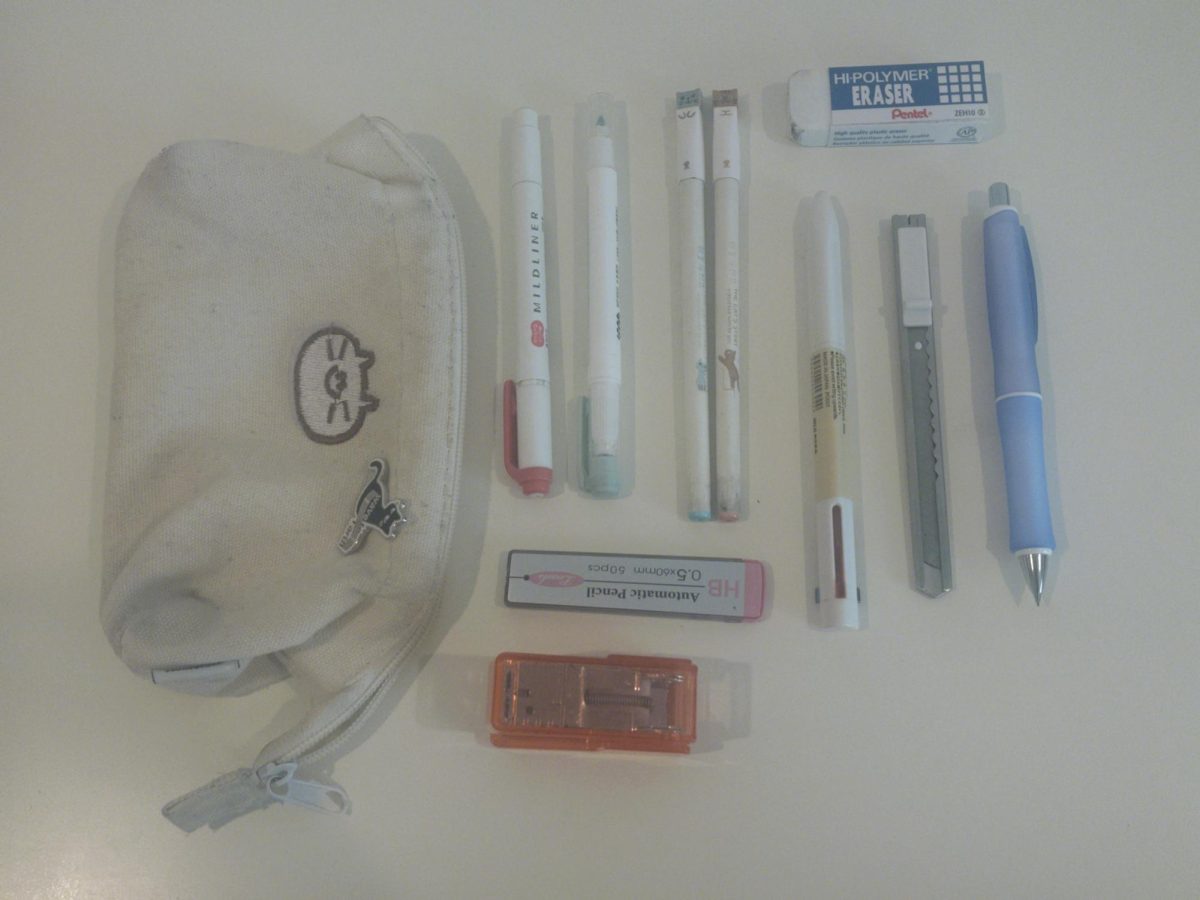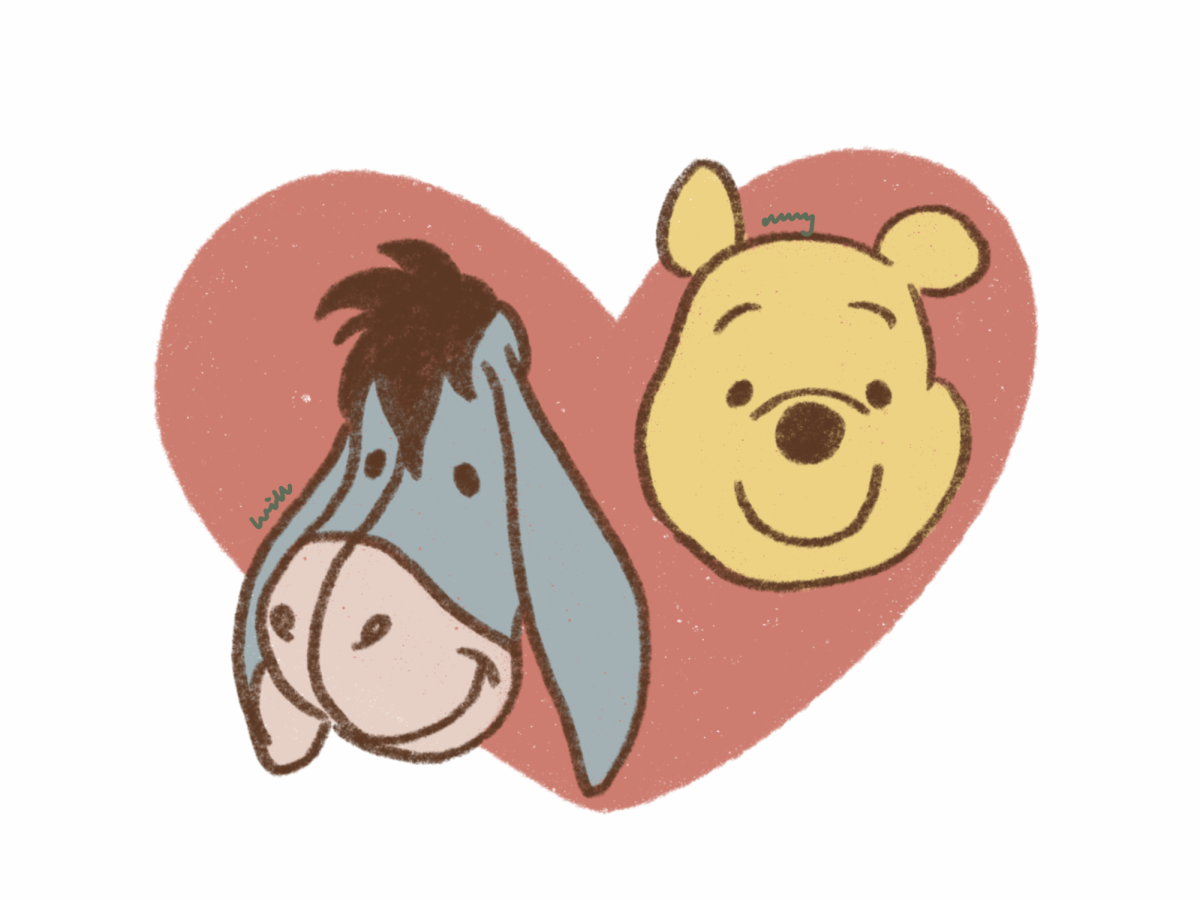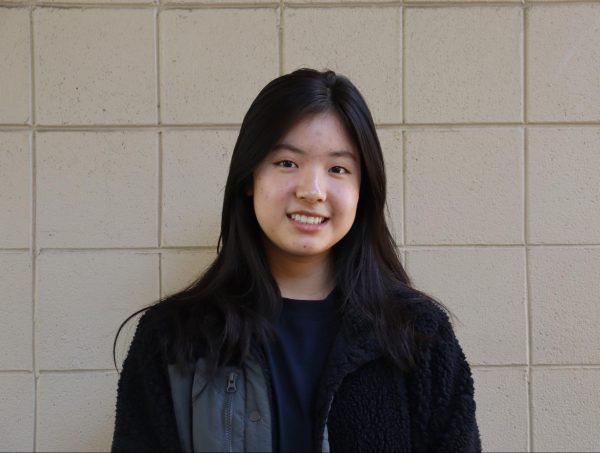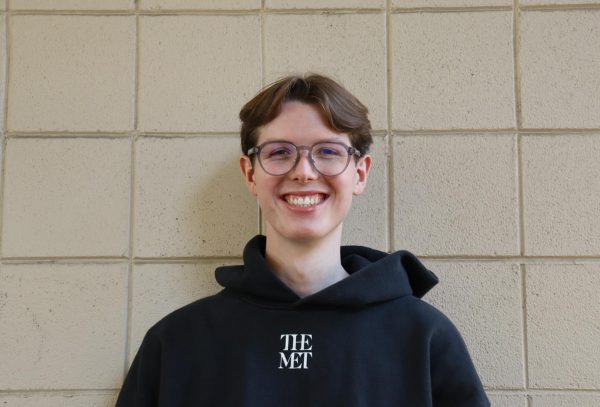Cocomelon. Bluey. Paw Patrol.
These are popular animated franchises of recent vintage, and all are, to put it concisely, one massive, overstimulated mess. The beautiful simplicity of the original “Winnie the Pooh” animations from 1988 remain hard to match.
In today’s modern age, constant saturation of light, bright colors and sounds are necessary to keep children attached to their iPads. The soft, warm-toned color pallet in “Winnie the Pooh,” however, provided the true comfort we needed as children.
The stories are delivered in a storybook format, with a narrator flipping through a book as the camera whooshes into the images and starts the animation. This style makes the show entirely comforting and nostalgic, because it feels like getting bedtime stories read to you when you were little.
Our love and attachment stems from the simplicity of the show, particularly with the styles of characters. By putting the friendly personality of Pooh, voiced by Jim Cummings, as the center protagonist, he promotes the importance of being optimistic even as obstacles hinder our path. His open-minded approach to his friends’ troubles is shown through his soothing and supportive advice to take things lightly. It initially sounds plain, but it is always the perfect remedy. His calm, easy-going personality is very much needed amid the state of society today.
“Rivers know this: there is no hurry. We shall get there some day,” says Pooh in one episode. Such a simple metaphor — intended for children — conveys a deeply impactful message, teaching us to take things slowly as we enjoy life’s journey and not the destination.
“If the string breaks, try another piece of string,” says Owl. Though this was said in a literal context, the “string” is essentially symbolic for all essences of life. It encourages children to persevere in the midst of failures and difficulties.
This is the power of the animation: the transformation of complex morals into a sentence simple enough for children to understand. The purpose of the show was to teach us to appreciate life’s great simplicities. The episodes are not stress-inducing for the sake of keeping engagement, nor are they over exaggerated just to convey a cliche, predictable moral.
There is nothing more enraging than when people fixate on the “disorders” that the characters supposedly represent. The overanalyzations of simple characters take away from the raw emotions they feel and embody.
Piglet, for example, is known for being stressed and fearful even about small issues. This doesn’t mean she has an anxiety disorder, but rather so Pooh can then come in as an example to worry less about the inevitable things. Eeyore’s lonely and hopeless tendencies allow Pooh to come in as a supportive friend, not because of depression (he’s a donkey). Pooh is always there for Eeyore, incident after incident, whether it be cheering him up or re-hammering his fallen tail. And no, Christopher Robin is not hallucinative — he’s a child with an imagination, as many children have.
People likely see the “disorders” because of the stark contrast between Pooh and the other characters. The characters’ exaggerated characteristics are emphasized in order to portray Pooh’s caring and empathetic personality. Relax, people, it’s a kids show.
Through the college apps season, we have found the importance of channeling our inner Pooh. We have found Pooh’s stress-reducing tendencies to be a comfort amid the stressful application process — sweet and soothing like his beloved honey. Pooh and the other characters have left a mark on our mindset and inspired us to be the best version of ourselves.
As seniors, we would like to leave you with some words of wisdom from Pooh: “How lucky am I to have something that makes saying goodbye so hard?”






























